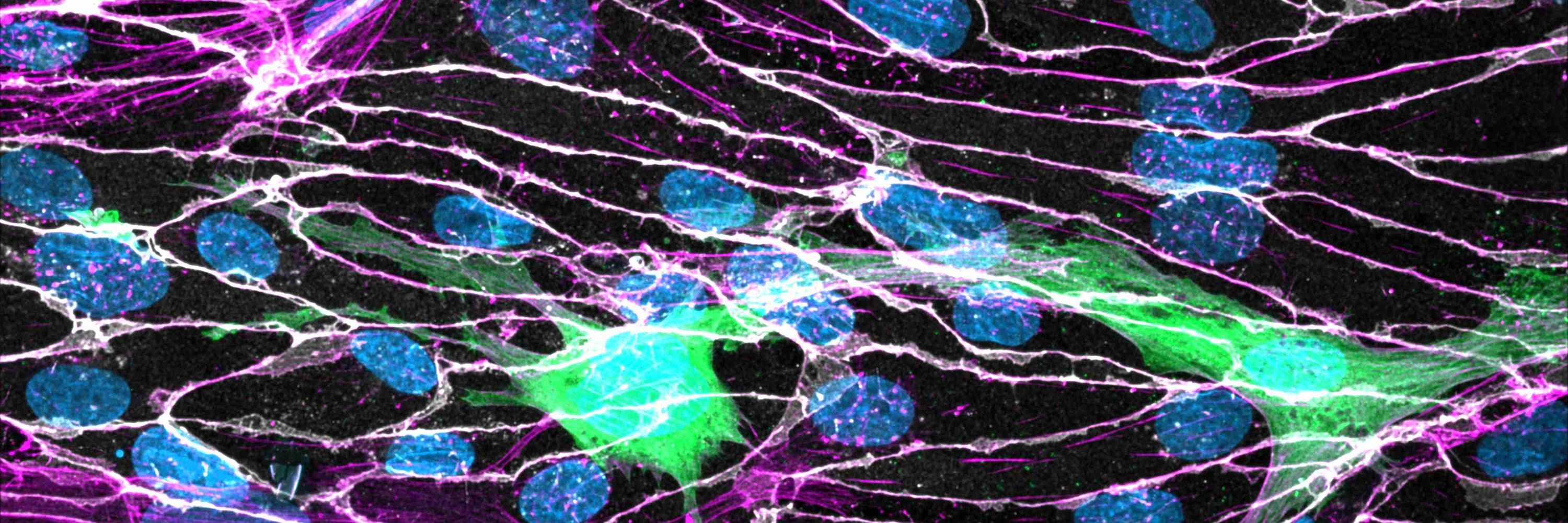
For the first time, we can introduce different infection relevant drivers into human models to identify their individual role in tissue damage.
For the first time, we can introduce different infection relevant drivers into human models to identify their individual role in tissue damage.






